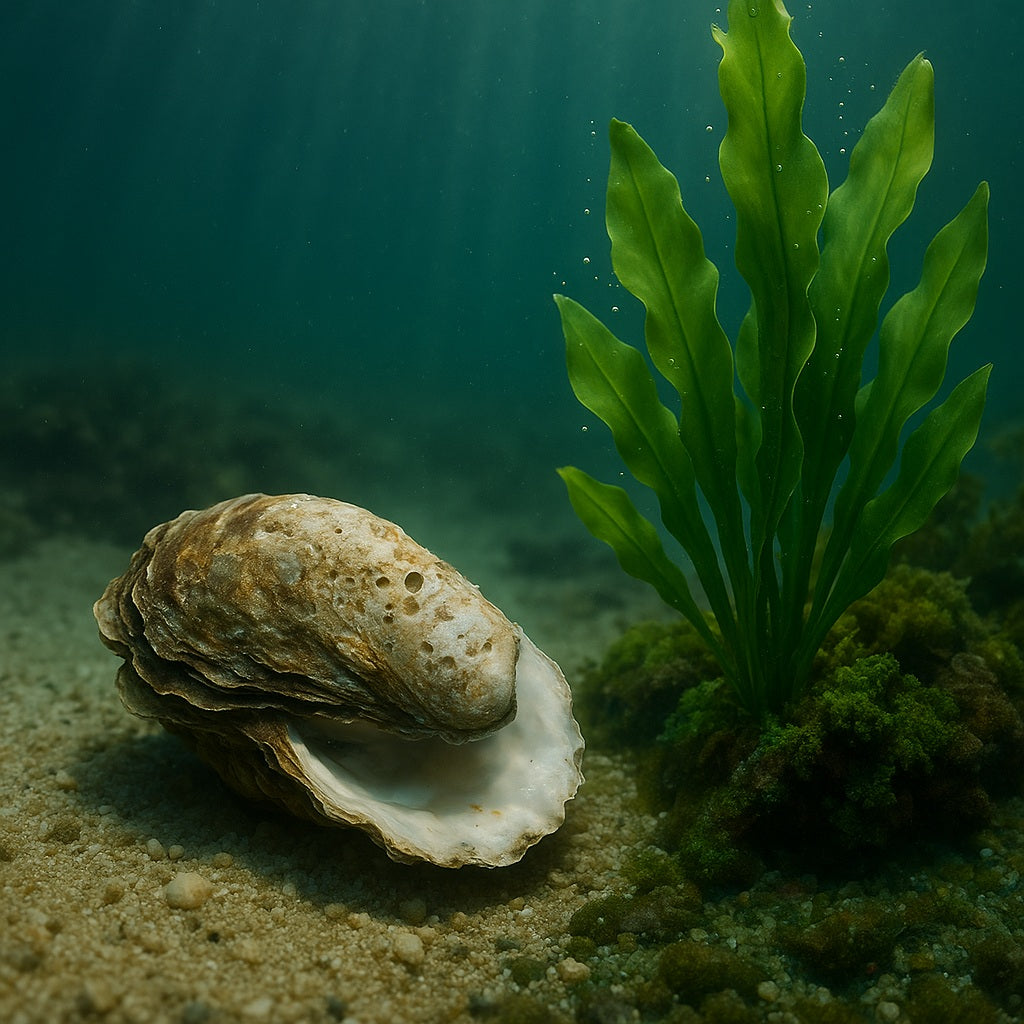Since the Industrial Revolution, average surface-ocean acidity has had a 25% increase in acidity. Acidified waters hinder calcification in shell-forming organisms (oysters, corals, pteropods) and mobilize toxic metals from coastal acid sulfate soils. Seaweed reverse this instantly.
How Seaweed Acts as a Natural pH Buffer:
-
Rapid Bicarbonate Cycling: During photosynthesis, seaweed consumes CO₂ and converts it to organic matter, shifting the carbonate–bicarbonate equilibrium to raise local pH. In our trials, introducing macroalgae into acidified tanks boosted pH from 4 to 10 within 6–12 hours, effectively neutralizing even extreme acid pulses.
-
Mitigating Soil-Acid Flushing: In estuaries contaminated by acid sulfate soils—where low-pH waters leach heavy metals like iron and aluminum—our seaweed barriers have maintained pH above 7.5, reducing metal release by over 60% in adjacent water columns. That protects juvenile oysters and mangrove saplings from metal toxicity.
-
Large-Scale Demonstration: In China’s integrated aquaculture systems, seaweed farms alongside fish cages have shown a net CO₂ uptake of 5–10 tonnes per hectare per year, offsetting acidification and providing cleaner water for shrimp and finfish. Our own coastal trials similarly reveal that seaweed belts can create buffered “haloes” of higher pH extending 100–200 meters from shorelines.
-
Oxygen Enrichment: As pH rises, so does dissolved-oxygen concentration. By infusing oxygenated, buffered water into acid-stressed bays, we restore conditions favorable for calcifiers and promote resilience against episodic acidification events.
By leveraging seaweed’s natural biochemistry, we turn acidified waterways into thriving habitats—helping corals build skeletons again, mollusks lay shells, and coastal ecosystems retain essential nutrients rather than leaching toxins.
